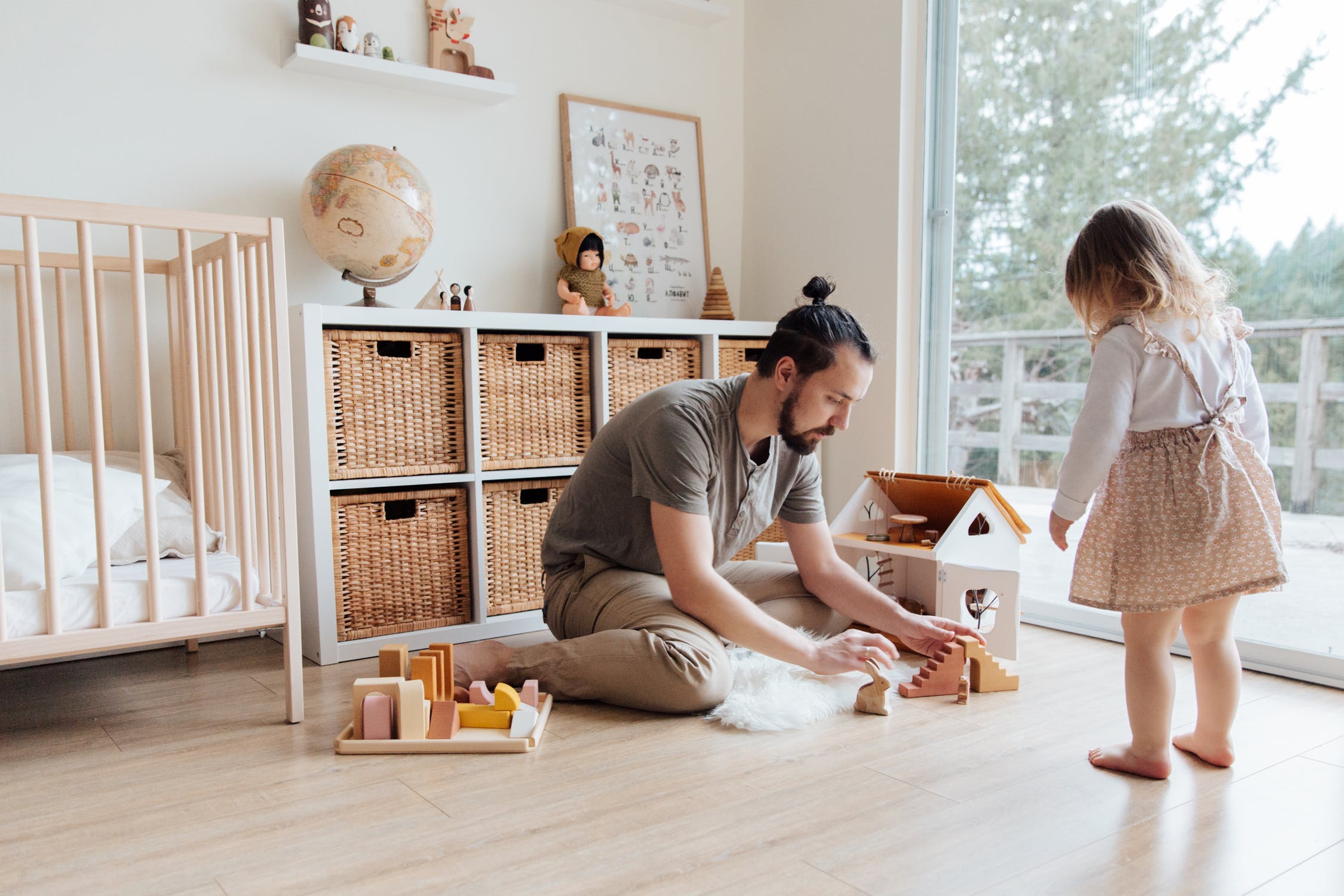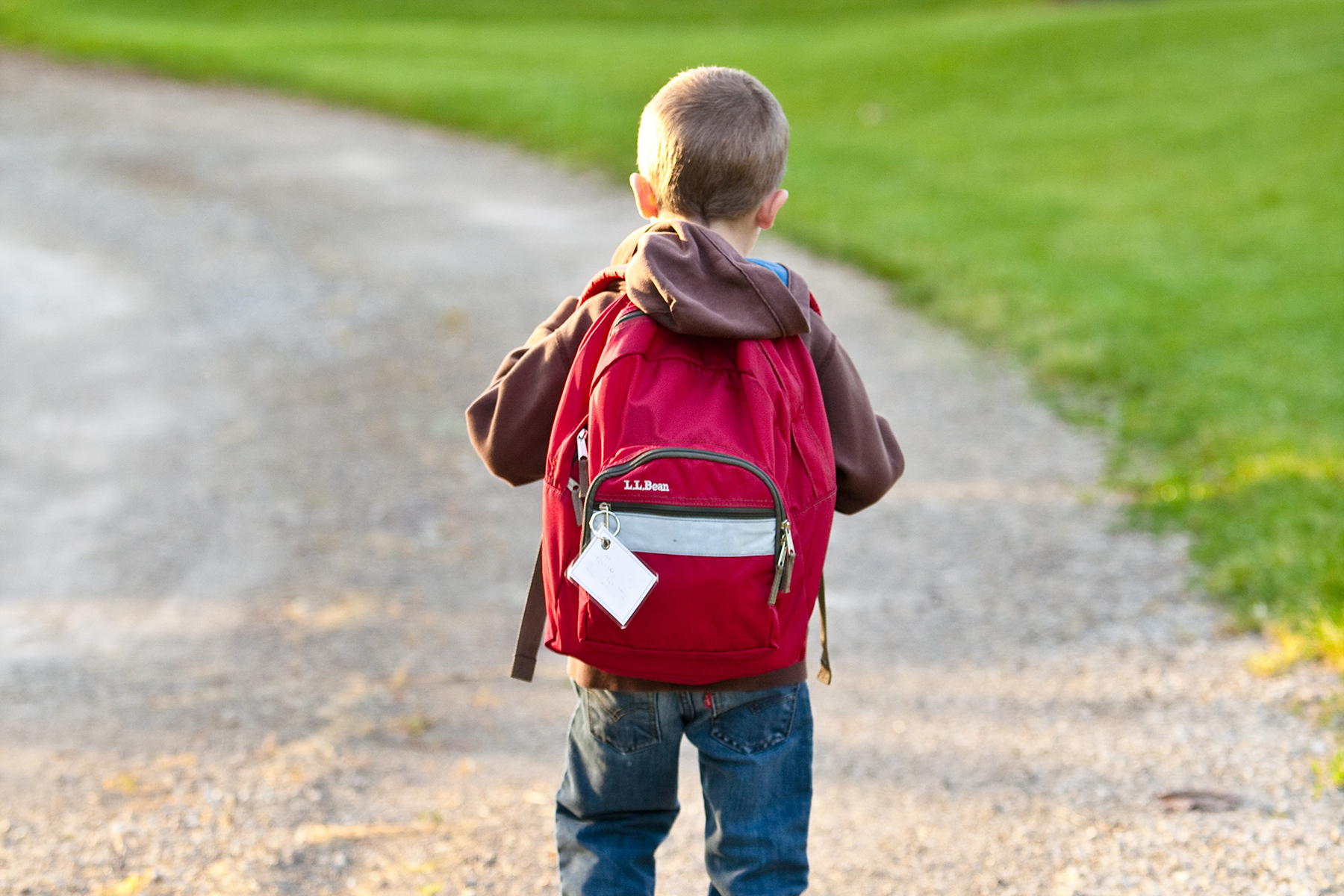
Sit through one dinner with your in-laws and a kid who declares, while displaying the evidence, “This is gross!” and you’ll find yourself desperate to teach a little empathy.
Of course, this is about so much more than table manners.
While our kids likely mean no harm, people of all ages have feelings. And we want our kids to respect and honor those feelings. After all, empathy informs how our kids interact with the world at large—especially as they grow.
Thankfully, we can begin to plant the seeds of empathy now that will serve our kids and others for a lifetime.
Realistic Expectations for Empathetic Elementary-Schoolers
You live with the kid, so yeah, you know what she’s like. Still, it might be helpful to set a few realistic expectations about this age group.
As a child moves from kindergarten to fifth grade, she also moves through a transition of sorts when it comes to how she relates to herself and others. It might look something like this:
- In kindergarten and first grade, she craves undivided attention and all eyes on her
- In second and third grade, she cares about fairness (primarily for herself)
- In fourth and fifth grade, she loves competing with others to win at any game
With these developmental truths in mind, take comfort the next time your eight-year-old sneaks a cookie off her little brother’s plate, responding to his cries with, “But I’m older and I need more food!”
This behavior is to be expected. Of course, it doesn’t have to be accepted.
When It Comes to Empathy, There’s Hope for Your Kids and Mine
While our elementary-aged kids are mostly focused on themselves, they’re also growing in ways that make them willing and able to begin understanding the emotions of others.
Observe your kids in the 5-10 year-old range and see if you notice any of the following:
- A readiness to learn and grow
- A desire to help and please others
- A recognition of the fact that people, and circumstances, are unique
- A yearning for independence
- A discerning mind that asks challenging questions
- A heart that longs for relationship with others
What better soil could we ask for to plant the seeds of empathy?
5 Seeds You Can Plant to Grow Empathy in Your Kids
Grab a shovel and a watering can, if you will, and let’s get to work.
1. Read engaging books. Stories have the power to educate and resonate beyond what our parenting lectures could ever do. When a book is especially good, your kids will want to hear or read it again and again—giving you the opportunity to ask questions and call out important moments along the way.
A few of our favorites for understanding emotion and encouraging empathy include:
- How Full Is Your Bucket? for Kids by Mary Reckmeyer and Tom Rath
- Those Shoes by Maribeth Boelts
- The Wall in the Middle of the Book by Jon Agee
- When Charley Met Emma by Amy Webb
- Today I Feel . . .: An Alphabet of Feelings by Madelana Moniz
- A Sick Day for Amos Mcgee by Philip Stead
- Frog and Toad Are Friends by Arnold Lobel
- The Friend Ship by Kat Yeh
- Wonder by R.J. Palacio
- What Should Danny Do? By Ganit and Adir Levy
2. Offer opportunities to work and give. It’s easy for kids to assume that toys and clothes magically appear at just the right moment and that a clean home stays that way all by itself. Chores allow kids to see that hard work produces these outcomes—a perspective that matters as they grow.
And earning their own money through hard work enables kids to give generously, which helps them to see and understand the needs of others. Also, consider allowing your child to speak into who and where your family gives.
3. Help your child name and vocalize feelings. Before kids can recognize and understand the emotions of others, they first need to name and vocalize their own. You can help them do so in a couple of ways:
- Print out and display a feelings wheel (like this one) for regular discussion.
- When your child acts out, say, “It’s not okay to scream at me, but you can tell me how you feel. You can even say, ‘I’m mad!’ Or, ‘That made me feel scared.’”
- Name your own feelings, when appropriate. You might say, “I just got a phone call that made me feel sad.” Or, “I’m so excited about what we’re doing today!”
4. Ask questions to inspire curiosity about others. Because we’re humans, we can tend to be a little too focused on ourselves—and first-graders all the more so. Asking questions about others helps our kids lift their gaze up and out.
You might ask questions that inspire curiosity about others in the following settings:
- After a playdate with friends, ask, “Do you think Noah had a nice time today?”
- When spotting other kids and adults in various forms of work, rest, and play, ask, “I wonder what she feels like right now?” Or, “Can you imagine what it might be like to do that?”
- When a friend, sibling, or loved one shows obvious signs of sadness or pain, ask, “What do you think we could do that might make them feel better?”
5. Take advantage of teachable moments. These are the times we help our kids to take what they’re learning and apply those lessons in a real-world setting. Once you start looking, you’ll spot teachable moments all around!
In our home, taking advantage of teachable moments looks like helping my seven-year-old to see that just like it can sometimes be hard to be the oldest child in a family, it’s also challenging at times to be the youngest. When these moments present themselves, I point them out with grace and love.
In our world, taking advantage of teachable moments looks like helping my kids to see that we possess a certain level of privilege that others do not. So I work to not only teach them about the plight of others, but also to discuss together what we can do with our privilege to help those in need.
My hope is that as our kids grow—both yours and mine—we’ll raise a generation of men and women dedicated toward understanding one another and taking actions that reflect empathy.




